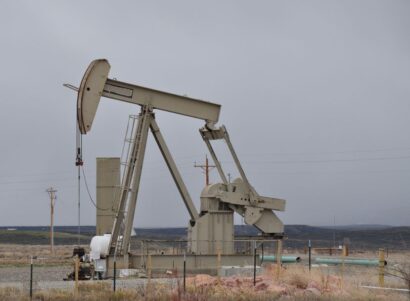Overview
For millennia, Indigenous peoples of North America used fire to enhance biodiversity and to support the health, resiliency, and diversity of habitats and ecosystems. However, historical practices and policies promoting fire suppression contributed to increased fuel loading and increased wildfire risk. Over the last fifty years, the United States experienced an increase in annual acreage burned from wildfire. Climate change is projected to intensify this trend.
As wildfires increase in frequency and intensity, so do the public health risks associated with exposure to fire and smoke. In response, policymakers, land managers, and impacted communities throughout the country are seeking to expand the use of prescribed fire. Prescribed fire has been shown as a successful strategy to attenuate wildfire risk and reduce biomass fuel loads in targeted areas, but similar to wildfire, prescribed fire emits air pollutants that are hazardous to human health.
Understanding how risks associated with wildfire compare to those of prescribed fire is necessary to institute policies and practices that balance wildfire management with public health and safety. In this report, commissioned by the American Lung Association, we summarize existing research on the air quality and human health impacts of wildfire and prescribed fire.
Key Findings
Wildfire Smoke
- Wildfire smoke is harmful to human health, though smoke composition is variable.
- Wildfire pollutant emissions and wildfire smoke events are projected to increase in frequency and severity in the United States due to climate change.
- Wildfire smoke exposure is associated with numerous adverse health effects.
Prescribed Fire Smoke
- Prescribed fire can provide ecosystem benefits and mitigate catastrophic wildfire risk.
- There are limited peer-reviewed studies focused on the air quality and health impacts of prescribed fire.
- Prescribed fires are implemented under conditions to limit harmful smoke exposure.
Comparing Wildfire and Prescribed Fire Smoke
- Certain population subsets are more susceptible to wildfire and prescribed fire smoke exposure than others.
- While peer-reviewed studies comparing specific health impacts of prescribed fire and wildfire are limited, the existing evidence suggests that wildfires have a greater potential for harmful smoke exposure when compared to prescribed fire.
- Exposure reduction approaches for prescribed fire smoke can mirror exposure reduction approaches for wildfire smoke.

 Technical Report
Technical Report
 Public Briefing
Public Briefing






